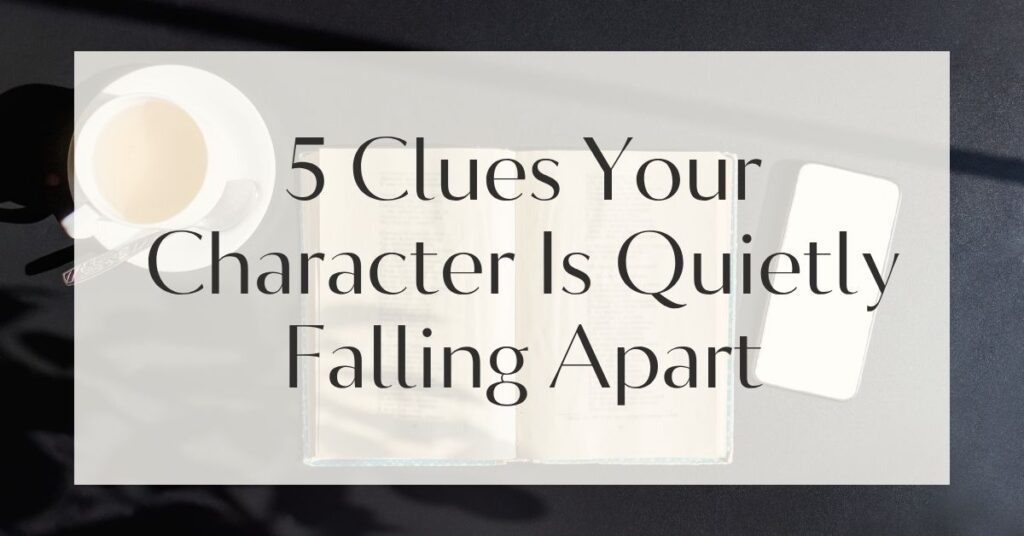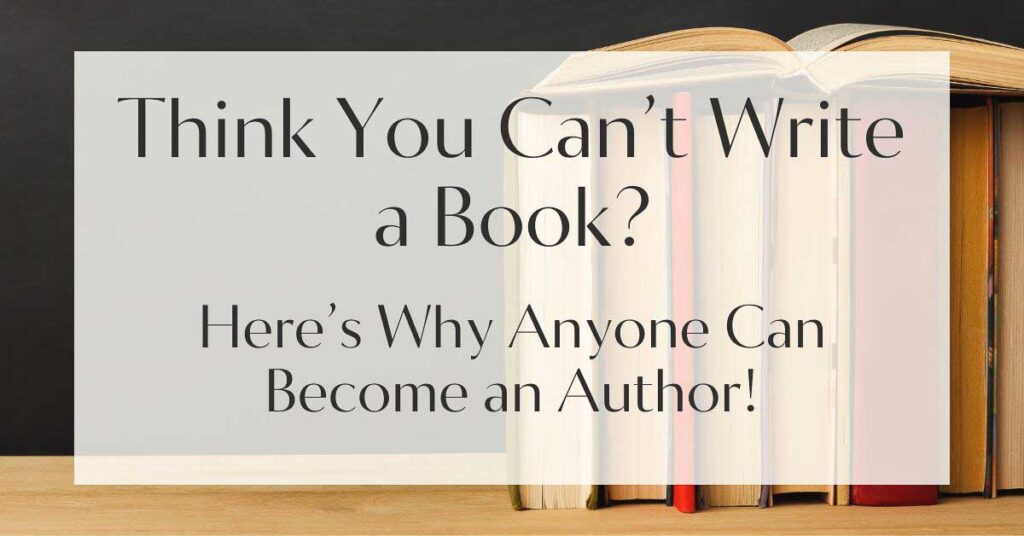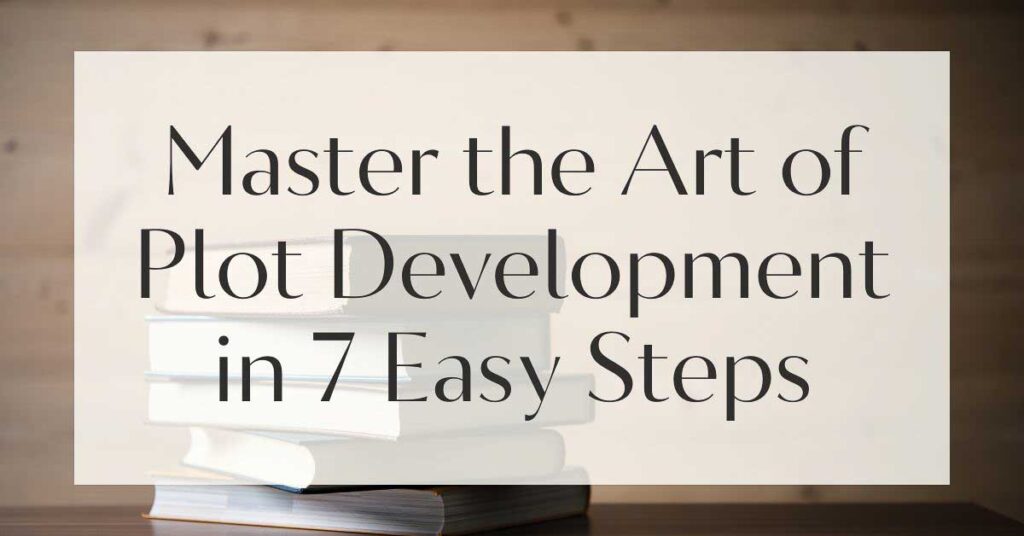Ever wondered how to spot the invisible cracks in a character’s emotional armor? These fissures, often hidden beneath a calm facade, can reveal a treasure trove of emotional depth. In our journey through storytelling, recognizing these signs of emotional distress not only enriches the narrative but also mirrors real-life struggles.
Characters, like people, often wear a mask of stability, yet beneath it, their internal world may be a storm of turmoil. As we delve into the subtle indicators of emotional distress, we’ll uncover how these nuances contribute to compelling character development, reflecting the complex tapestry of human behavior.
Understanding Emotional Distress in Characters
The portrayal of emotional distress in characters is a delicate art that requires a keen understanding of human psychology. When crafting a narrative, it’s essential to depict these inner battles with authenticity, allowing readers to connect on a deeper level.
Emotional distress isn’t just about the outward signs; it’s about the silent struggles that ripple beneath the surface, shaping a character’s actions and decisions.
Defining Signs of Emotional Distress
Emotional distress manifests in various ways, often characterized by a departure from a character’s usual behavior. These psychological cues include changes in mood, behavior, or physical appearance that subtly hint at underlying turmoil.
For instance, a character may become unusually withdrawn or exhibit heightened irritability, signaling internal conflict. Recognizing these signs is crucial for both writers and readers, as they add layers of complexity and realism to the narrative.
The Impact of Emotional Armor on Character Development
Emotional armor serves as a protective barrier, shielding characters from vulnerability. However, when this armor begins to crack, it opens the door to profound character development.
The struggle to maintain composure while battling internal demons creates a dynamic tension that propels the story forward. Characters who confront and ultimately embrace their emotional distress often experience transformative growth, resonating deeply with audiences.
Identifying the Subtle Signs of Emotional Distress
Spotting the subtle signs of emotional distress in a character requires an attentive eye. These indicators are often nuanced and may not be immediately apparent, but they hold the key to unlocking a character’s true essence.

1. Uncharacteristic Isolation: A Retreat into Silence
When a character begins to isolate themselves, retreating from social interactions and seeking solitude, it can be a telltale sign of emotional distress.
This withdrawal is not merely a desire for solitude but a subconscious attempt to shield themselves from further emotional harm. Isolation often reflects a deep-seated need to process complex emotions away from the prying eyes of others.
Encourage readers to pay attention to scenes where a character chooses silence over conversation. This decision often signifies an internal struggle, hinting at unresolved conflicts that are bubbling beneath the surface.
2. Changes in Sleep Patterns: The Toll of Stress
Alterations in sleep patterns are another indicator of emotional distress. A character who once enjoyed restful nights may suddenly grapple with insomnia or excessive sleep.
These disruptions reflect an unsettled mind, weighed down by stress and anxiety. The character’s battle with sleep becomes a metaphor for their inability to find peace within themselves.
Highlight moments where a character tosses and turns in bed, their mind racing with thoughts they can’t escape. This imagery vividly captures the psychological turmoil they are experiencing.
3. Loss of Interest in Hobbies: The Fade of Passion
When a character loses interest in activities they once cherished, it’s a sign that something is amiss.
This fading passion indicates an emotional void, as the character grapples with feelings of hopelessness or apathy. The absence of joy in previously fulfilling pursuits underscores their internal struggle, emphasizing the weight of their emotional burden.
- Noticeable withdrawal from favorite activities
- Expressing indifference towards achievements
- Declining invitations to social gatherings
No marketing platform? No social following? No problem!
Publisher Rocket helps you market your debut novel like a pro.
It’s a gamechanger for debut authors – try it today!


4. Emotional Outbursts: The Breaking Point
Emotional outbursts, whether through anger, tears, or frustration, often signify a breaking point. These eruptions are the result of pent-up emotions that can no longer be contained.
For a character, these outbursts serve as a cathartic release, momentarily unburdening them from the weight of their distress. Yet, they also highlight the fragility of their emotional state.
5. Neglecting Personal Care: A Cry for Help
A noticeable decline in personal care is a red flag for emotional distress. When a character neglects their appearance or basic hygiene, it suggests a profound disconnection from self-worth.
This neglect is often a subconscious cry for help, signaling that they are overwhelmed and unable to cope with their internal struggles.

6. Trouble Focusing: The Mind in Turmoil
Difficulty concentrating or maintaining focus is a common symptom of emotional distress.
A character who struggles to complete tasks or follow conversations may be grappling with an overactive mind, preoccupied with their inner turmoil. This lack of focus reflects the mental chaos they are experiencing, further complicating their ability to navigate daily life.
7. Frequent Physical Complaints: The Body’s Response
Physical complaints, such as headaches or stomachaches, can be manifestations of emotional distress.
The body often mirrors the mind’s state, translating emotional pain into tangible symptoms. For a character, these physical ailments serve as a reminder of the unresolved issues they must confront.
| Physical Symptom | Potential Emotional Cause |
|---|---|
| Headaches | Stress and anxiety |
| Stomachaches | Fear and worry |
| Muscle tension | Suppressed anger |
Psychological Cues and Their Significance
Understanding the psychological cues that accompany emotional distress is vital for crafting realistic and relatable characters. These cues offer insights into a character’s internal world, revealing the complexities of their emotional state.
Google Docs is for notes. Scrivener is for novels. Upgrade your writing game and try it for free today!

The Role of Body Language in Conveying Emotion
Body language is a powerful tool for conveying emotion without words.
Subtle gestures, such as crossed arms or averted gazes, can speak volumes about a character’s inner turmoil. By observing these nonverbal cues, readers gain a deeper understanding of the character’s emotional landscape, enhancing the narrative’s authenticity.
Dialogue as a Reflection of Internal Struggle
Dialogue is not just about what is said but how it is said. Changes in speech patterns, such as hesitations or abrupt shifts in tone, can indicate a character’s internal struggle.
The words left unspoken are equally telling, offering clues to the character’s emotional distress and the barriers they face in expressing their true feelings.
Pay attention to dialogue that breaks from a character’s usual speech pattern. This deviation often reveals underlying tension or emotional upheaval, providing a window into their internal conflict.

Using Other Characters to Highlight Emotional Distress
Other characters can serve as mirrors, reflecting the emotional distress of the protagonist. Through their observations and interactions, they offer insights into the protagonist’s state of mind.
These secondary characters become conduits for the reader, bridging the gap between the external world and the protagonist’s internal struggles.
Crafting Complex Characters Through Emotional Turmoil
Emotional turmoil is a catalyst for character growth, driving narratives forward and enriching the storytelling experience. By embracing the complexities of emotional distress, writers can create multi-dimensional characters that resonate with readers.
The Balance of Internal and External Conflicts
Balancing internal and external conflicts is key to crafting a compelling narrative.
While external challenges test a character’s resilience, internal conflicts reveal their vulnerabilities. This interplay creates a dynamic tension that propels the story, as characters navigate the tumultuous waters of their emotional landscape.
Feeling lost with your debut novel?
Fiverr Pro connects you with expert editors, designers, and marketers – everything you need to get your book ready for success!

Utilizing Internal Conflicts to Drive Character Growth
Internal conflicts serve as the engine for character development. As characters confront their fears, doubts, and insecurities, they undergo a transformative journey.
This evolution not only shapes their identity but also deepens the narrative, inviting readers to reflect on their own experiences and emotional complexities.
Fostering Empathy Through Emotional Understanding
Empathy is the bridge that connects readers to characters, allowing them to experience the narrative on a visceral level. By fostering emotional understanding, writers can create stories that resonate deeply with audiences, transcending the boundaries of fiction.

Creating Relatable Characters with Flaws
Relatable characters are those with flaws, mirroring the imperfections of real life.
These flaws make them human, inviting readers to empathize with their struggles and triumphs. By portraying characters as fallible beings, writers cultivate a sense of connection, encouraging readers to invest emotionally in their journey.
Encouraging Reader Reflection on Personal Experiences
Stories have the power to provoke introspection, prompting readers to examine their own lives and emotions. By weaving themes of emotional distress into the narrative, writers encourage readers to reflect on their personal experiences, fostering a deeper appreciation for the complexities of human behavior.
Final Thoughts on Emotional Complexity in Character Development
Emotional complexity is the lifeblood of compelling storytelling, breathing life into characters and narratives alike. By exploring the subtle signs of emotional distress, writers can craft stories that resonate with authenticity and depth.
These narratives not only entertain but also offer a mirror to our own lives, inviting us to embrace the intricacies of our emotional landscape and the journey of self-discovery.








